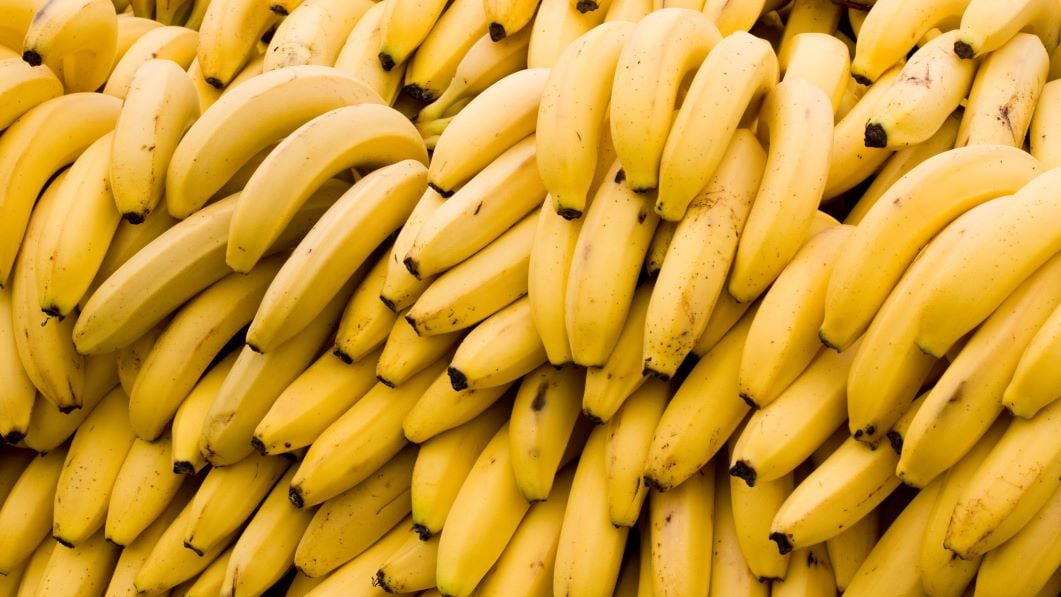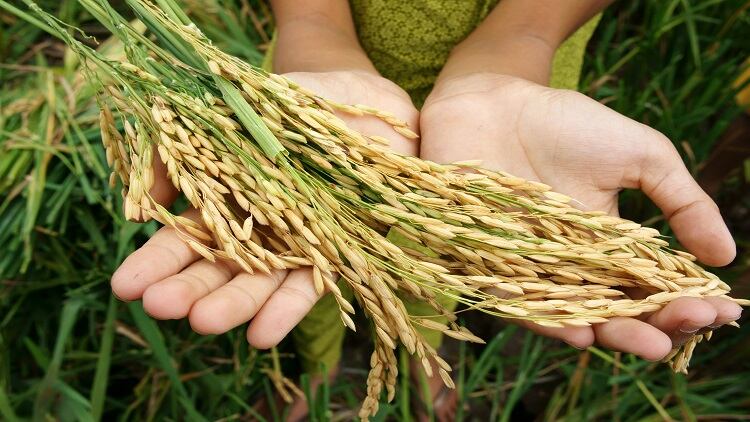On November 13, Ministry of Agriculture and Rural Affairs (MARA) reported that China’s seed security has shown marked improved over the past five years.
According to Vice Minister of Agriculture and Rural Affairs Zhang Xingwang, domestically bred crop varieties now make up over 95 per cent of total capacity.
At the same time, domestic livestock and poultry hold more than 80 per cent of the market, while domestic aquatic broodstock account for 85 per cent.
This was driven by China’s urgent need for new crop varieties such as scab-resistant wheat and dense-planting corn suitable for mechanical harvesting.
In July, MARA approved 153 new wheat varieties as part of China’s wheat breeding program.
Among the news varieties, 80 per cent were high-yield varieties to increase productivity and profit.
Today, the total planting areas of domestically bred crops like corn and other vegetables have surpassed 90 per cent.
Furthemore, China’s seed exports exceeded imports for the first time in 2024, creating a trade surplus. Hybrid rice, cotton, and vegetable seeds are now exported to more than 40 countries.
These figures reflected significant achievements for China’s seed industry.
“China now has a stronger inventory of germplasm resources, overall seed industry science and technology innovation has entered the world’s leading ranks, the comprehensive strength of leading enterprises has significantly increased, national-level seed production bases now meet 80 per cent of supply needs, and an initial framework for robust intellectual property protection in the seed sector has been established.”
While China has reached its goals ahead of schedule, there was an emphasis on continuing to tackling challenges, addressing weaknesses, reinforcing its strengths, and managing the risks.
“This will support high-quality development of the seed industry during the 15th Five-Year Plan period and accelerate progress toward self-reliance in seed industry science and technology and secure, controllable seed sources.”
In the coming years, the key priorities include accelerating the identification and improvement of germplasm resources, developing more breakthrough crop varieties, and strengthening its leading enterprises to support innovation.
The government also plans to modernise national seed industry bases, tighten supervision across the full variety chain, reinforce intellectual property protection, and boost agricultural biosafety and technological safeguards to ensure overall seed industry security.





